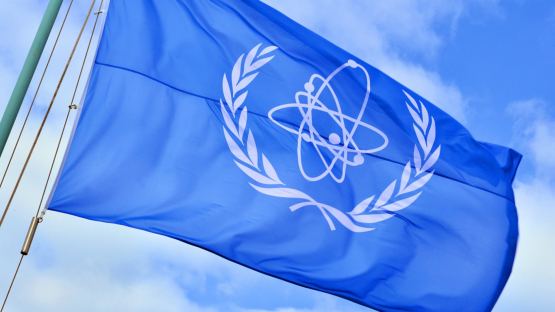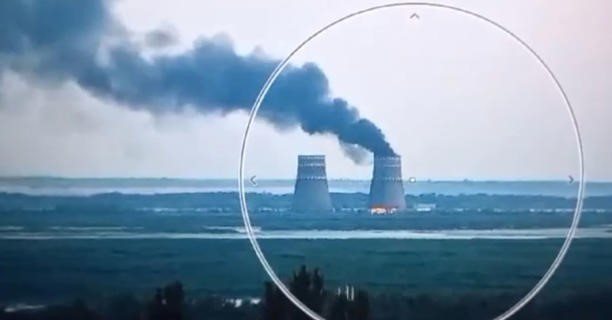Statement from the American Nuclear Society on Ukraine's occupied Zaporizhzhia nuclear power plant
WASHINGTON, DC — American Nuclear Society professionals continue to monitor information about conditions at Ukraine’s Zaporizhzhia Nuclear Power Plant (ZNPP) and to offer insights into relevant engineering and safety issues.
We urge caution regarding claims made in unverified reports about the status of ZNPP and its operations. We note that nuclear power plants are robust, hardened pieces of critical infrastructure; built to withstand natural and man-made hazards. Thick, steel-reinforced concrete containment buildings protect ZNPP’s reactor cores and are designed to keep radioactive materials isolated from the environment.
ZNPP’s six reactors have been shut down for over ten months. The level of heat production is now very low and cooling water requirements are within the capability of on-site equipment. Five of those six units are cooled down – in cold shutdown mode – while Unit #5 is being maintained at an elevated temperature – known as hot shutdown mode – to provide auxiliary steam and heating.
While keeping a ZNPP reactor in continued hot shutdown mode is not in itself a cause for concern, we agree with the June 8 order of the State Nuclear Regulatory Inspectorate of Ukraine that Unit #5 be transferred to a cold shutdown state, given the current circumstances.
At this time the threat of a widespread release of radiological material is speculative but this does not constitute an “all clear” for safety risks at the plant site. We base our assessment on facts and other information from reliable sources such as updates from the International Atomic Energy Agency (IAEA).
We expect the situation at ZNPP to evolve and it could change quickly. Potential developments could render ZNPP inoperable without necessarily posing a radiological threat to public health.
We commend Ukraine for their prudent attentiveness to emergency preparedness and response planning until Russian armed forces leave ZNPP. In the meantime, IAEA inspectors must be given immediate, unfettered access to all areas of the Russian-occupied ZNPP. Increased IAEA presence and access will help the international community to corroborate or debunk information and to deter potential sabotage.
Additional information:
When a pressurized water reactor like the design used at ZNPP is in operation, the water is heated to hundreds of degrees, but is kept from boiling because it is under pressure. “Hot shutdown” means that the chain reaction has been stopped and the reactor has ceased generating electricity, but the reactor is being maintained at operating temperature and pressure by electric pumps and heaters. “Cold shutdown” means that the offline reactor is at a low pressure and temperature, well below the boiling point
About: Established in 1954, the American Nuclear Society (ANS) is an international professional organization of engineers and scientists devoted to the peaceful applications of nuclear science and technology. Its more than 10,000 members represent government, academia, research laboratories, medical facilities, and private industry. ANS’s mission is to advance, foster, and spur the development and application of nuclear science, engineering, and technology to benefit society.
Media Contact:
Andrew Smith










